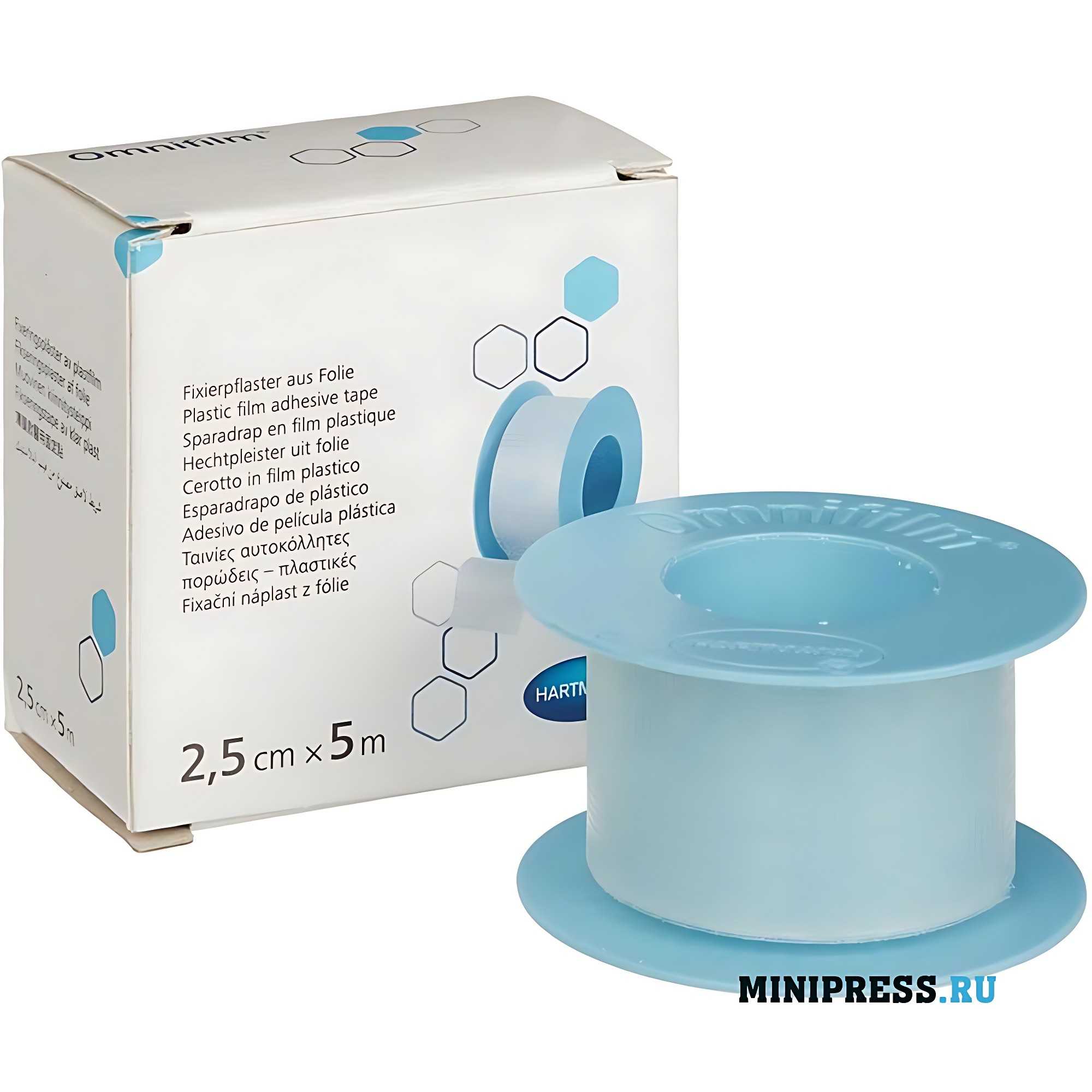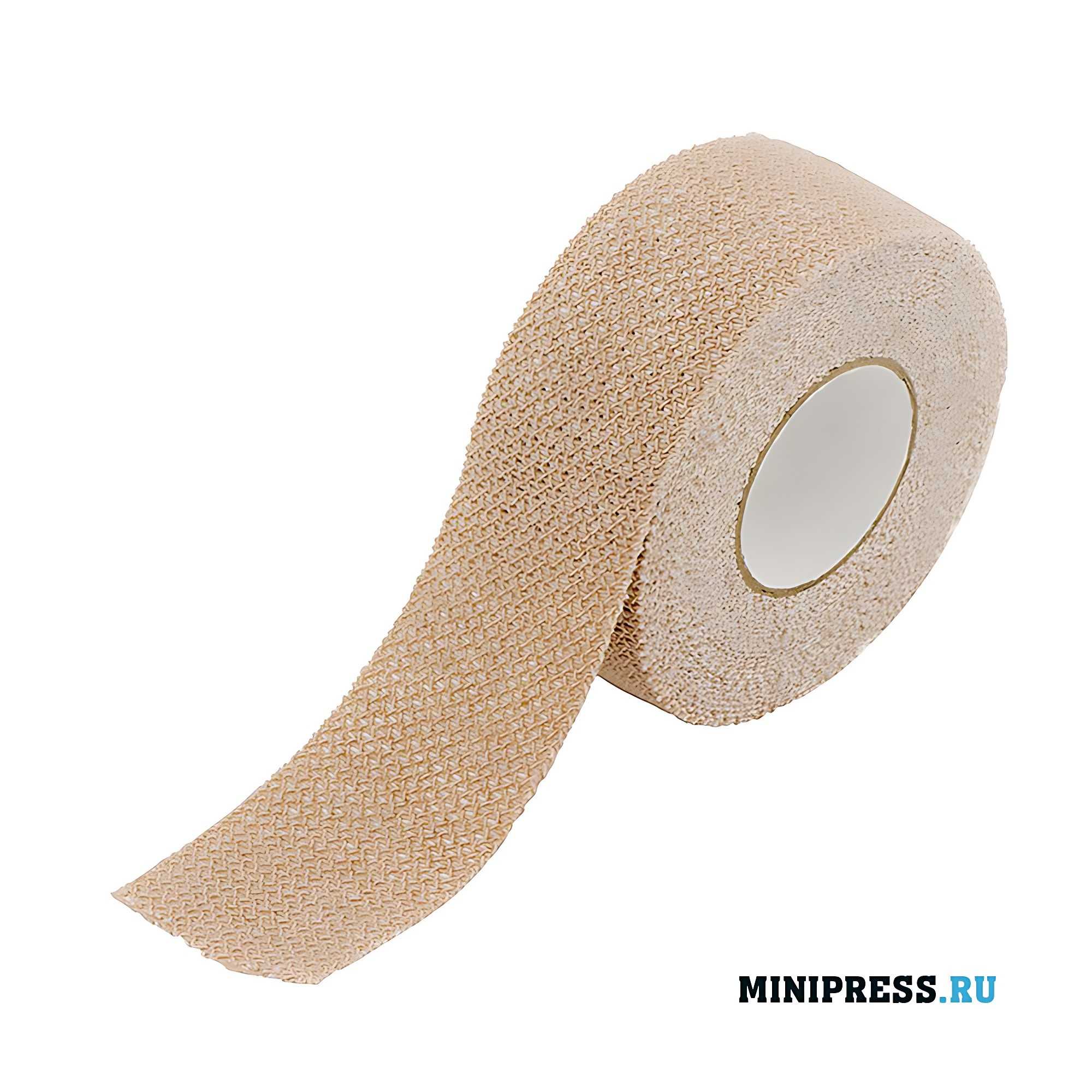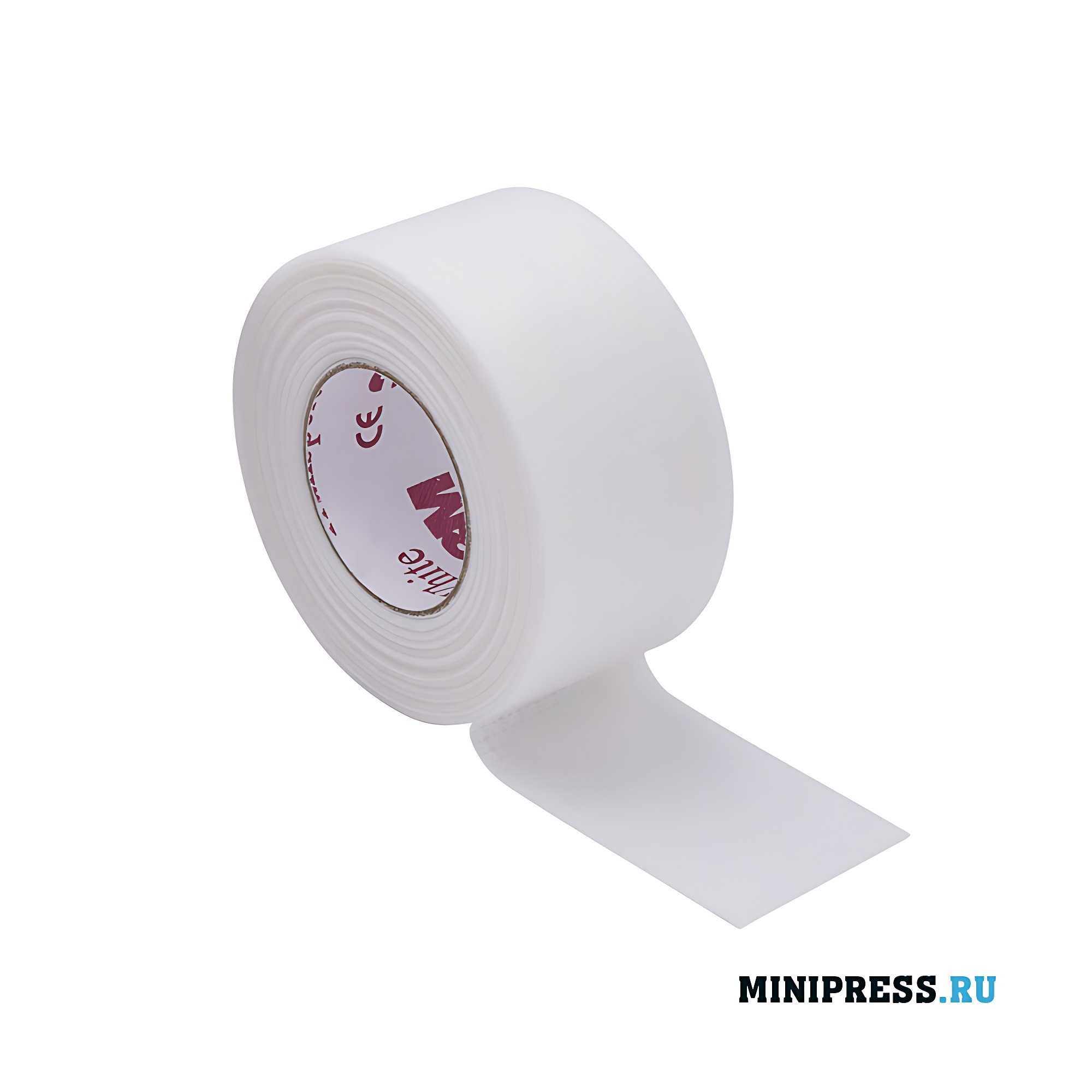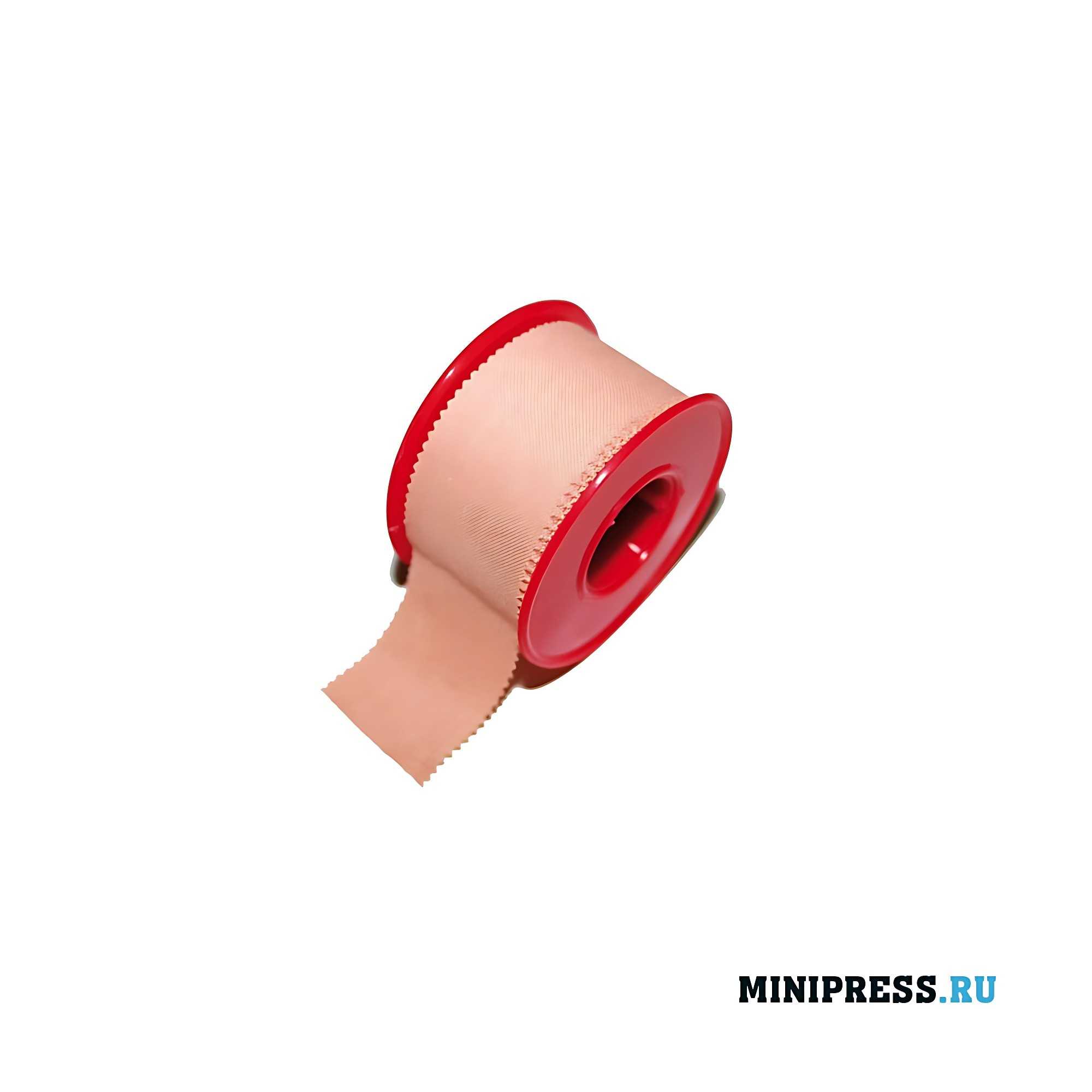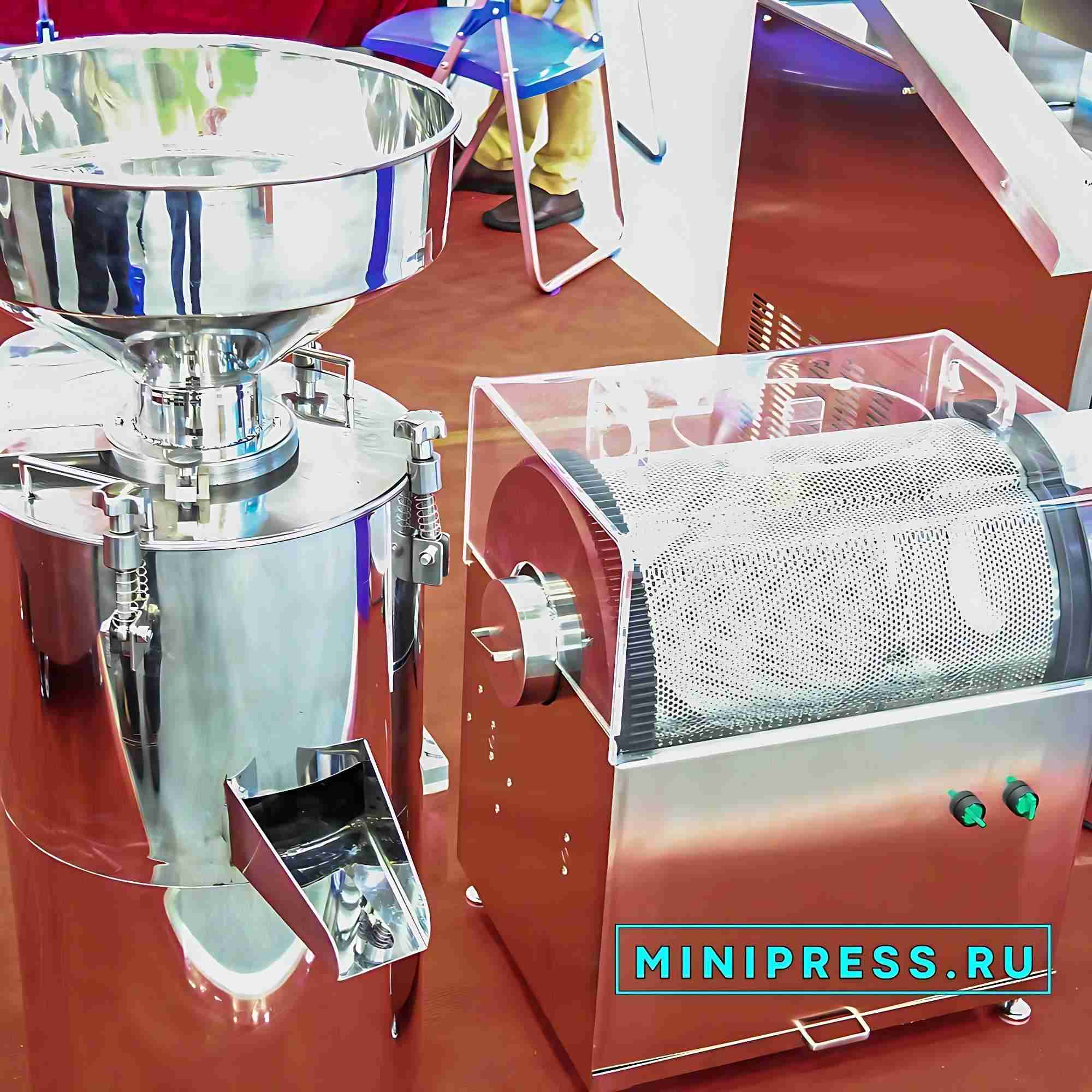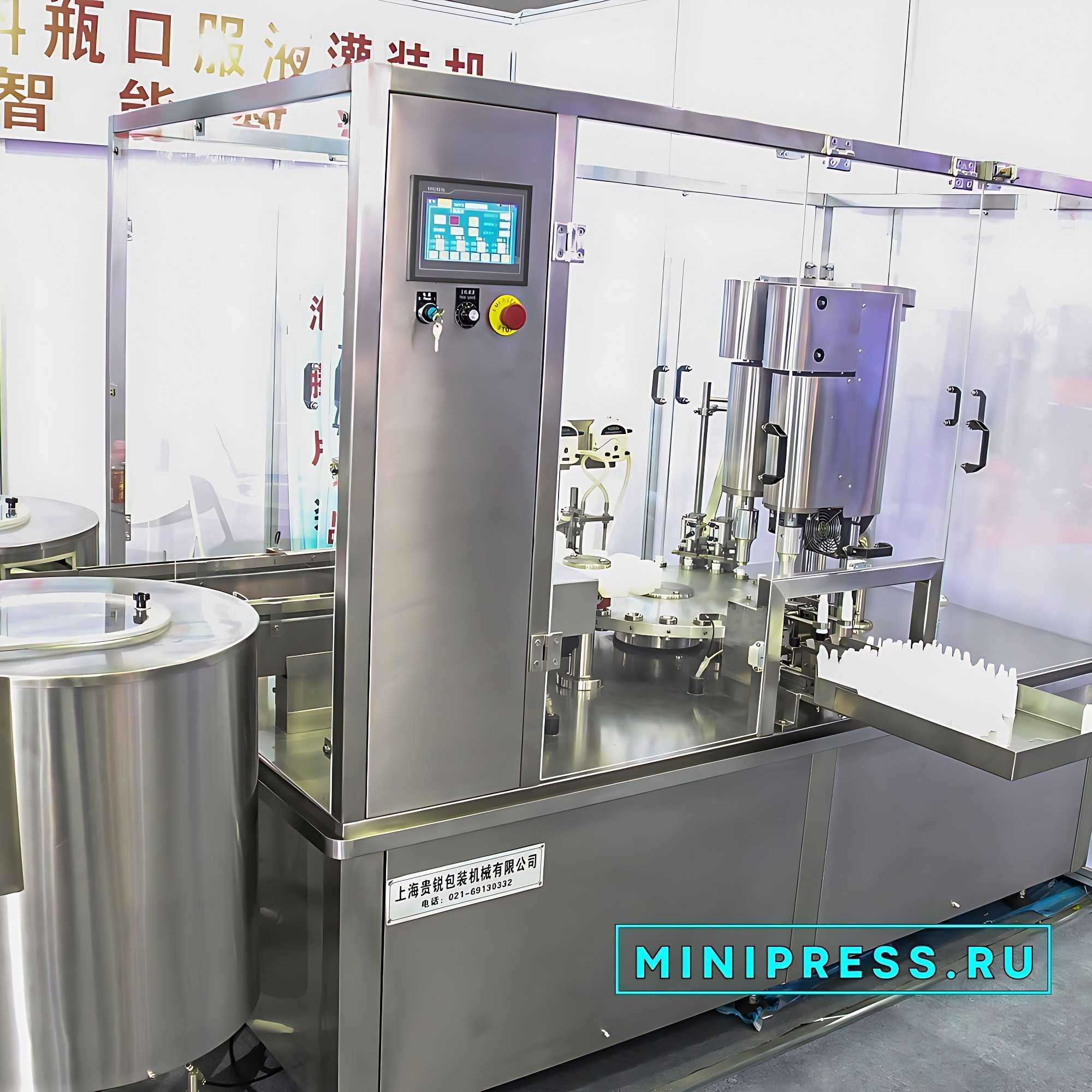According to the composition of the adhesive masses, plasters are divided into ordinary and rubber. Ordinary plasters (Emplastra Ordinarid) are divided into lead, lead-resin, lead-wax and resin-wax depending on the substances prevailing in the plaster base. These patches contain lead soap as a mandatory component, which has the following positive properties: it has no hardness, is easily fused with resins, waxes and various medicinal substances, and is also stable during storage. A negative property of lead soaps is their non-indifference. A simple lead plaster (Emplastrum Plumbi simplex). The group of lead patches includes a simple lead patch, which is chemically a mixture of lead salts of higher fatty acids (stearic, palmitic and oleic), and also contains traces of unsaponified fats and no more than 3%…
 8159
8159 7591110
7591110